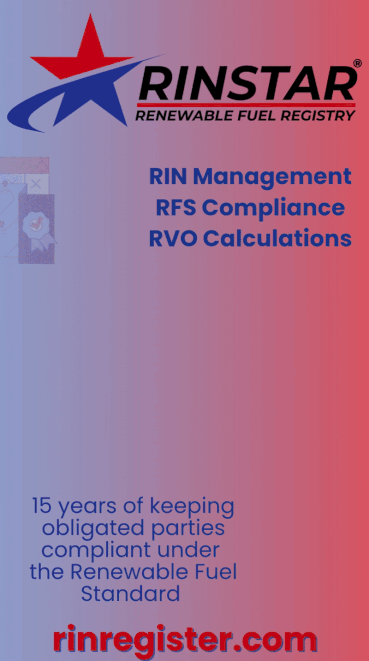US total distillate inventories forecast to end 2025-’26 at multiyear lows
- U.S. Energy Information Administration
- Sep 25
- 3 min read

In the U.S. Energy Information Administration's September Short-Term Energy Outlook, it forecasted U.S. total distillate inventories to end 2025 and 2026 at lower levels than previous years because of significant inventory draws in 2025, strong export demand and domestic production declines stemming from refinery closures.
In the weeks since the publication of this forecast, U.S. distillate inventories have increased substantially, but they remain relatively low, EIA stated.
Distillate fuel oil includes both diesel fuel used in vehicles and home heating oil.
Lower distillate inventories elevate the risk of higher prices and price volatility from supply disruptions, especially during periods of high demand like the autumn harvest and winter heating season.
EIA uses total distillate to look at the combination of distillate fuel oil and biobased distillate fuel oil, which can be used in place of distillate fuel oil and includes both renewable diesel and biodiesel.
A significant factor in the forecasted low inventories is the sharp inventory drawdown in the first half of 2025.
U.S. total distillate inventories decreased by 17 percent (about 22 million barrels) during this period, more than the average decrease of 10 percent (14 million barrels) over the same period in the previous four years.
One major reason for the large inventory draw in the first half of 2025 was reduced supply of renewable diesel and biodiesel because of lower production and lower net imports of those fuels.
Less renewable diesel and biodiesel supply resulted in more demand for petroleum-based distillate to fill the gap.
As renewable diesel and biodiesel consumption decreased by 124,000 barrels per day, or 35 percent, in the first half of this year compared with the first six months in 2024, petroleum-distillate fuel-oil consumption increased by about 170,000 barrels per day, or 5 percent.

EIA stated that it expects the drop in biofuels consumption this first half of this year to be a short-term departure from the longer-term trend of biofuels increasing as a share of distillate consumption.
It forecasts renewable diesel and biodiesel consumption to partially recover in the second half of 2025 to meet existing and future production mandates under the Renewable Fuel Standard.
EIA said it expects an increase in renewable diesel and biodiesel production will partially offset the increase in total distillate fuel-oil consumption forecasted in 2026, resulting in essentially flat distillate fuel-oil inventories between December 2025 and December 2026.
Another reason for the large inventory draw in the first half of 2025 was higher-than-average distillate exports, supported by strong international demand.
Since 2023, major European hubs in the Netherlands and the U.K. have been importing significantly more distillate from the U.S. as a replacement for Russian products.
In the first half of this year, U.S. distillate exports averaged 1.2 million barrels per day, 7 percent more than the previous five-year average.
EIA said it expects strong international distillate demand to continue to place downward pressure on U.S. inventories through 2026.

U.S. refinery closures also play a role in the forecasted low distillate inventories through 2026.
The LyondellBasell Houston refinery shut down in early 2025, and another two refineries in California with a combined 284,000 barrels per day in refining capacity plan to close over the next two years.
The loss of refining capacity will likely reduce U.S. production of petroleum products, including distillate fuel oil, reducing the output available to restock distillate inventories.
EIA stated that it expects that increased renewable diesel production in 2026 will partially offset some of the decline in distillate fuel-oil production.


































